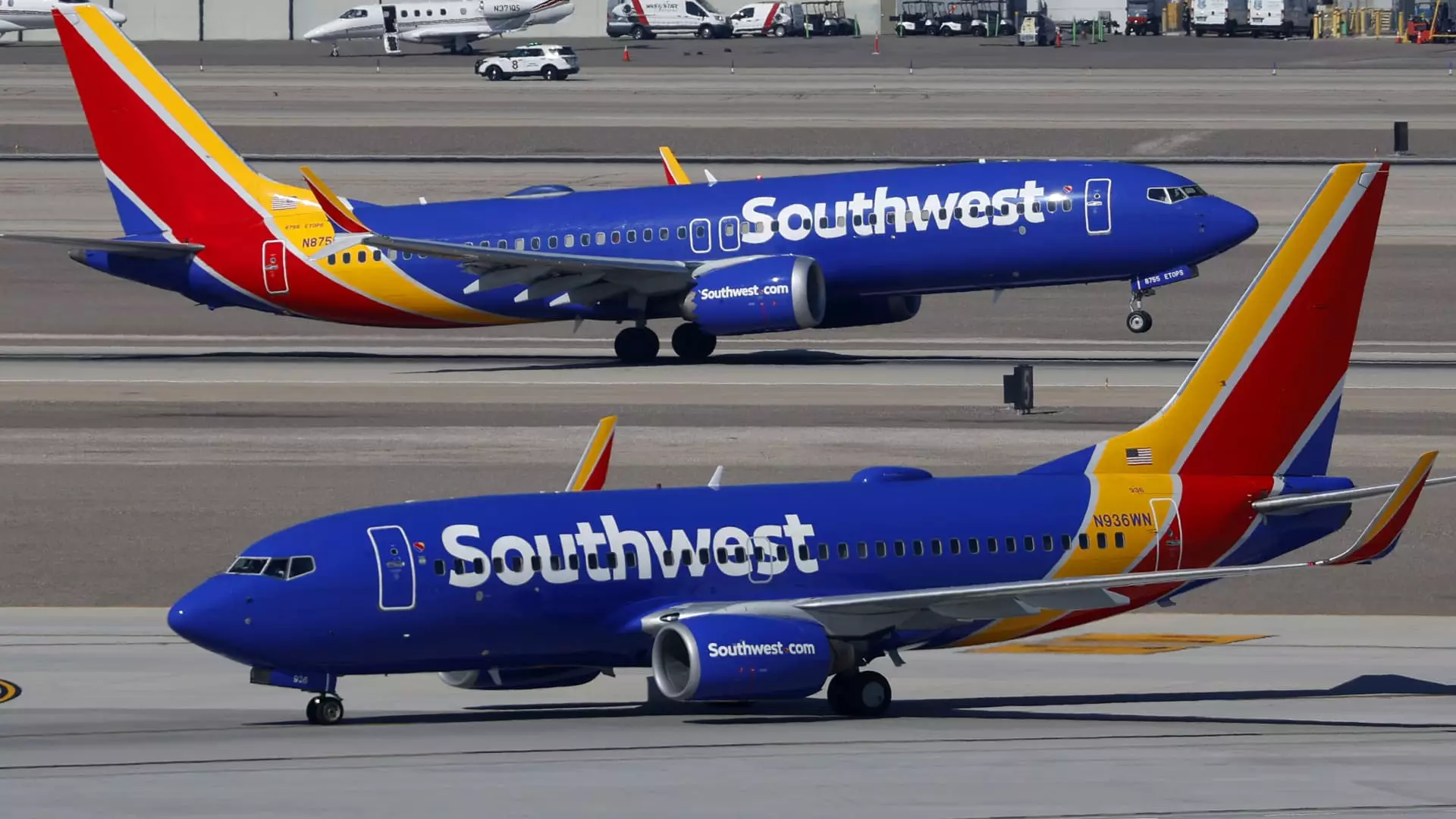For over five decades, Southwest Airlines has championed a philosophy of simplicity, affordability, and customer-centric policies—most notably its open seating system. This approach fostered a sense of freedom among travelers, allowing passengers to choose seats upon arrival and avoid the constraints of reservation systems. However, as the airline industry evolves rapidly, Southwest is making a bold pivot by introducing assigned seating, marking a significant departure from its longstanding identity. This change isn’t merely procedural; it reflects a strategic shift aimed at boosting operational efficiency and securing new revenue streams. Despite the nostalgia and loyalty associated with open seating, Southwest’s leadership recognizes the pressing need to innovate in an era dominated by increasingly competitive and profit-driven carriers.
Strategic Motivations: Embracing Change for Growth
Southwest’s decision to overhaul its seating policy is driven by a desire to adapt to the evolving landscape of air travel. The airline estimates that new initiatives will contribute an additional $800 million to earnings this year, with the potential to reach $1.7 billion by 2026. These figures suggest a calculated effort to diversify income streams amid shrinking margins and heightened competition from ultra-low-cost carriers and legacy airlines with more premium offerings. Charging for checked bags and introducing different fare tiers exemplifies Southwest’s push toward a more segmented revenue model. Such changes serve dual purposes: they help offset operational costs and incentivize loyal customers to spend more, all while maintaining a competitive edge. The move to assigned seating, in particular, aims to streamline boarding procedures, reduce turnaround times, and ultimately increase the number of flights each aircraft can serve per day.
Implementing Change: From Open Arena to Organized Boarding
Effective January 27, passengers will no longer vie for the best seats in a chaotic scramble but will instead adhere to a structured boarding process based on assigned groups. This transformation fundamentally alters the traditional Southwest experience, where passengers often arrive early, stake out their spots in line, and engage in friendly competition for preferred seats. The new system features eight boarding groups prioritized by loyalty status, fare type, and other factors. The top tiers, including elite frequent flyers and premium customers, will have first access, while general fare holders will join subsequent groups based on their seat choices and ancillary purchases.
This phased approach is designed to balance efficiency with the airline’s core value of customer service. While the randomness and spontaneity of open seating will fade, Southwest emphasizes that those who desire control over their seating arrangements—such as families or travelers with specific preferences—will still have options through seat selection at the time of booking, with extra-legroom seats available at an additional cost. This shift signals an acknowledgment that passenger expectations are changing, with more travelers valuing certainty and comfort, especially on longer or more expensive flights.
Reconfiguring the Fleet and Customer Experience
Southwest is actively modifying its fleet to support this new boarding system and seating options. Over 200 aircraft, roughly 25% of its fleet, are being reconfigured to include extra-legroom seating, which will be sold as part of its upgraded fare options. Additionally, the airline’s efforts to sell early boarding privileges have begun, providing customers an enhanced chance to secure preferred seats before others board. This approach caters to the premium segment and addresses the demand for better onboard comfort, especially as travelers become more discerning about their travel experience.
However, critics might argue that this shift risks diluting Southwest’s brand identity, which has long thrived on its open, egalitarian approach to boarding. Die-hard fans may feel that the spontaneous, communal boarding process is sacrificed for efficiency and profit. Yet, Southwest’s leadership appears confident that balancing loyalty, operational performance, and revenue is the key to future sustainability. By empowering customers with choices—whether through tiered boarding or seat selection—they aim to maintain goodwill while modernizing their business model.
The Future of Southwest: Balancing Tradition with Innovation
Southwest’s move toward assigned seating and a more structured boarding process signifies an intriguing evolution in airline strategy. It shows an understanding that the industry must adapt to changing passenger preferences and economic realities. While this transition may create moments of discomfort or dissatisfaction among loyal open-seating fans, it also offers opportunities to attract new customer segments seeking predictability and comfort.
The airline’s emphasis on carefully designing the boarding process—using computer models and live testing—demonstrates a commitment to preserving efficiency despite the overhaul. Ultimately, Southwest’s gamble to reimagine its core service model hinges on striking the right balance between honoring its legacy of simplicity and embracing the needs of modern travelers. Whether this daring transformation pays dividends remains to be seen, but what is clear is that Southwest’s future will be shaped by its willingness to evolve and adapt in an industry where change is the only constant.


Leave a Reply